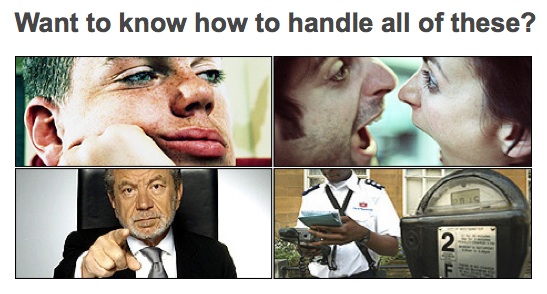I’ve always wanted to walk through a fridge. You know, Chronicles of Narnia wardrobe style. And if I wanted to travel to New York, then I could do that with the Black Acid Co-op exhibition by Justin Lowe and Jonah Freeman. This walk-through art display takes you through scenes of meth labs and others. There’s a slideshow from The New York Times I recommend checking out. The exhibition site says this:
Black Acid Co-Op is the moniker for a counter-culture enclave embedded in the metropolis. In this incarnation, the artists shift the focus from the production of illegal drugs to sites of sub-cultural groups and how they are situated in the larger urban environment. The installation will expand on the notions relating to the connection between counter-culture and industrial society resulting in a spatial collage that extends itself into a vast architectural setting.
Despite the strong contrast of scenes, the entire installation will feel as if it is a unified system of spaces, interconnected and functioning together. Ducts, wires and tubes traverse rooms creating a semblance of an organism: architecture as body, electricity as capillaries, and volumes as organs. And the intended use of many of the sites will feel transformed or hybridized: factories have become homes, kitchens are used as drug labs, the radical chic living room is frozen in a museum, the high-rise is carved into makeshift maze to evade the law.
I love art work like this–Art work that immerses the spectator and brings him or her into a completely different world only to realize that this is a real world too. Ah, the duplicitous meanings formed are fantastic. Non?
Via Vitia. Thanks!


